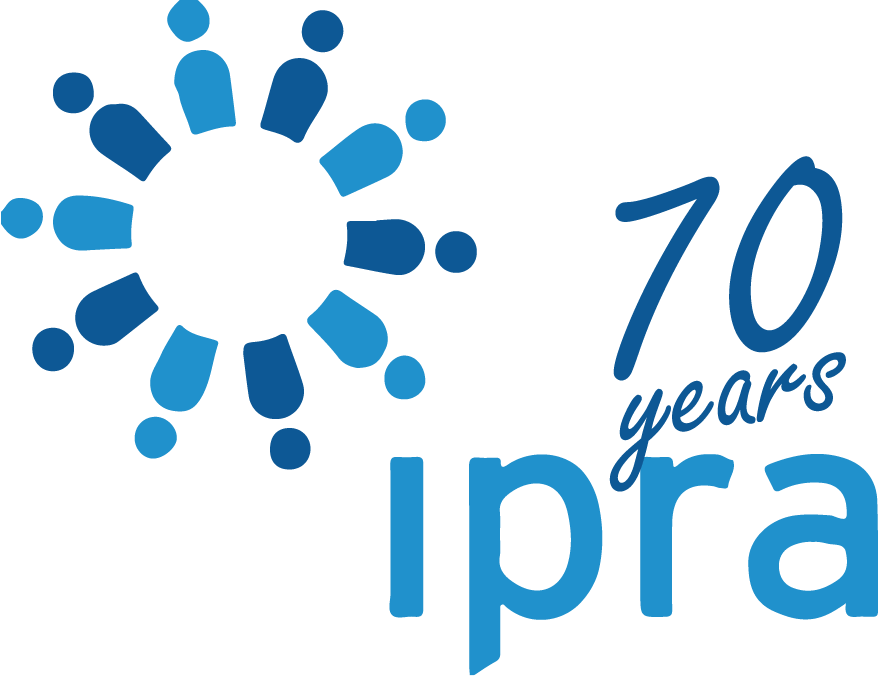ITL #637 Advanced outreach: evolving to prosper in the personalized news era
4 months, 4 weeks ago
Developing a data-driven methodology for media relations which helps bridge trust gaps. By John Digles.
A surge of independent journalists, political polarization, and the lowest trust in news media in five decades have led to consumers curating their own news feeds. New Pew Research findings shows that defining news has become a personal, and personalized, experience. Consumers decide what news means to them and which sources they turn to based on a range of factors, including their own identities and interests.
Their choices are creating a vast personalized news ecosystem.
Algorithms personalize news feeds based on user preferences and behaviors. Social media and news aggregators have become primary news sources. One-in-five Americans now regularly get news from social media influencers, who are mostly men and lean to the right.
Artificial intelligence is being deployed for news generation and curation. As AI pulls from partisan creators and independent journalists, those perspectives will covertly influence the way news recaps are represented.
Professional communicators made significant investments to adapt to the digitization of news. Evolving practices to prosper in the era of personalized news must be a priority, along with our commitment to engage conservative media and creators many in the profession have avoided.
Restructuring our media relations practices
At Ascent Strategy Group, we’ve immersed in study of personalized news and effective engagement of alternative media for over a year, including last summer as our team engaged media onsite at the Republican and Democratic national conventions.
We have developed an advanced methodology to guide our media relations: the Equipoise Method is data-driven and designed to optimize our outreach, messages and metrics for success. This method is a central ingredient in our work to help clients bridge trust gaps and helped earn us a nomination for the industry’s top honor for superior achievement in reputation management.
Sharing some insights into our methodology framework and what we’ve learned from it so far.
- Data drives everything
Developing media strategies, lists and plans based on target demographic data can focus communications outreach and intensify communications impact. A data-driven approach provides a clear path to meet primary audiences where they are. Data can overcome political media bias and reticence to engage certain outlets.
Nielsen and YouGov provide custom audience segmentation and media preferences. MRI-Simmons has a deeper read on psychographic profiles, from age, gender, and race, to income and media consumption habits. Psychographics are a valuable consideration in the personalized news era, as recent studies show personality traits factoring into individual news choices.
This data-driven approach helped our team flag an exodus of a priority audience we had for a campaign (aged 45-64) to Newsmax, a demo where the network has surged more than 60 percent since last year to become the overall fifth most-watched channel in all of cable.
- Listen respectfully
Knowing the chosen news sources of priority audiences makes it worth taking a deep dive to understand an outlets’ editorial stances and coverage of a company, brand and category. Due diligence should include reading and monitoring the perspectives of specific shows, hosts and reporters. Social media is a valuable place to listen and learn.
A governing philosophy for this stage: Accept that the hard things to hear can hold immense value.
Our team leverages proprietary AI tools in this process to boil a range of data inputs and support with predictive risk analysis. Investing effort to understand why a perception or misperception persists can reveal opportunities to connect and reset the conversation.
Our study of the “MAHA movement” (Make American Healthy Again) showed us that MAHA moms aren’t a monolith. The left-leaning natural food moms, mothers of children with chronic diseases, and right-wing medical freedom activists who comprise MAHA moms don’t align politically as much as they share a fierce belief that our healthcare and food systems are overdue for reform.
Listening respectfully can reveal shared beliefs and values. That’s a strong place to engage a fresh conversation.
- Tailor the approach
Tailoring a message to a skeptical news audience requires precision, cultural fluency, and understanding of their views and perceptions. Respect and empathy are baseline requirements.
Our team has leveraged research and data to develop a series of protocols, which we continue to test and refine, to effectively engage various sectors of the news ecosystem.
Here’s a portion of the protocol we’ve developed for engaging conservative media and creators.
- Identify common ground, such as a shared value to start – or restart – the conversation.
- If the outlet conveys a populist theme, consider reframing the message. Benefits for everyday Americans may have more relevance than benefits for shareholders.
- Acknowledge audience concerns and reasons for negative perceptions. Understanding why audience views and misperceptions persist is vital to effectively addressing them.
- Lead with proof points. Third party validation such as testimonials, and metrics like jobs and worker wage growth can substantiate populist framing of the story.
- Choose the right messenger. If leading with testimonials, a customer or patient may be more effective in this setting than an executive.
As professional communicators, we bear some responsibility for audience misperceptions if we haven’t invested the effort to talk to them in their preferred news channels.
- Build the conversation
Commitment to listening and measuring audience response to a protocol-driven approach provides insights to refine the message and foster more effective engagement.
Addressing disinformation and misinformation effectively is a priority. In our outreach, we’ve learned that if we rush to label it too quickly, we can seem dismissive and will miss the opportunity to engage, learn and educate. It’s imperative to understand why a perception persists, acknowledge it, and offer counterpoints with valid proof.
Build the conversation. Data will show other news channels to connect with your priority audiences. Tools like Cision provide media profiles and multichannel media monitoring in nearly 70 languages. Going local can be a reliable building block in a personalized news ecosystem.
AM Radio is another neglected channel for communications campaigns. Eighty-two million Americans listen to AM Radio every month. In rural areas, people tune in to AM radio to hear important announcements, making it a cornerstone of everyday life. AM Radio news directors should be hearing more from professional communicators.
A more structured method produces more measurable results
We’ve leveraged our Equipoise Method to achieve measurable return-on-investment for clients, including double-digit gains in addressing trust gaps. ROI is an urgent deliverable for professional communicators as half of marketing leaders surveyed by Gartner this year are managing budget cuts and growth expectations amid deep economic uncertainty.
Professional communicators who demonstrate skillful navigation of the personalized news ecosystem and effective engagement of the surging alternative media sector will prove worthy of the investment.

The Author
John Digles
John Digles is the founder and CEO of Ascent Strategy Group, the first public relations agency built to power healthcare’s digital transformation. He is an award-winning communicator, CMO and reputation management innovator who advises global brands and leaders in business, faith and government.
mail the authorvisit the author's website
Forward, Post, Comment | #IpraITL
We are keen for our IPRA Thought Leadership essays to stimulate debate. With that objective in mind, we encourage readers to participate in and facilitate discussion. Please forward essay links to your industry contacts, post them to blogs, websites and social networking sites and above all give us your feedback via forums such as IPRA’s LinkedIn group. A new ITL essay is published on the IPRA website every week. Prospective ITL essay contributors should send a short synopsis to IPRA head of editorial content Rob Gray emailShare on Twitter Share on Facebook

